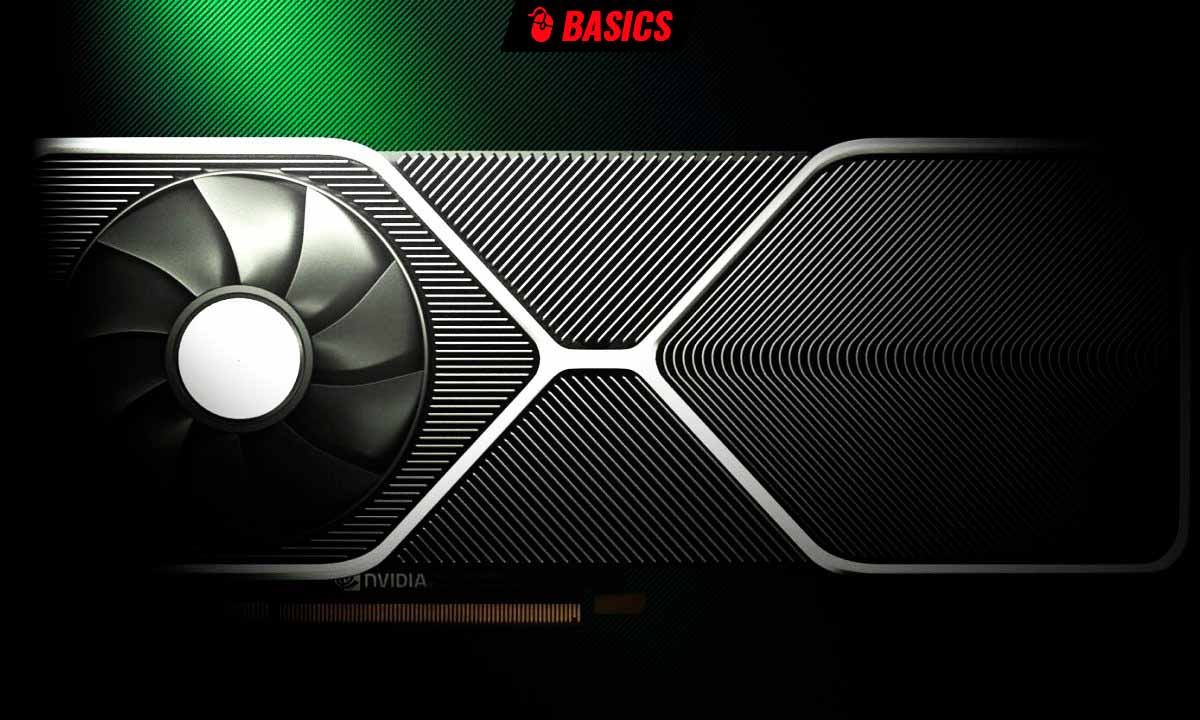Chances are you’ve heard or read something about GPU-Z at some point because is a benchmark application in the world of hardware, specifically with regard to graphics cards. In addition, for many years now it has allowed you to upload the specifications of your graphics adapter to an online database, which has sometimes meant that we have seen the specifications of graphics cards that have not yet been officially announced, or that have been officially announced. they had, but they haven’t hit the market yet.
This was the case, for example, with the NVIDIA GeForce RTX 3050 and RTX 3050 Ti., as early as May 2021. As you may remember, these were really highly anticipated graphics cards, as they marked the debut of the xx50, which reduced the investment required to move to the then latest generation of GeForce. Although they haven’t been introduced yet, it’s been months since we started seeing signs of the GeForce RTX 4050, which is already the latest model of the current generation waiting to be introduced.
Be that as it may, GPU-Z showed us information about what’s to come, but truthfully its main reason is to allow us to perform a complete diagnosis of our graphics adapter. Whether it’s confirming what we already know, finding out information we don’t know, or even finding out if your graphics card is who it says it is or if you’ve “snuggled” a fake, something can be key , if you need to establish some kind of claim.
As a general rule, there is a misconception that applications of this type are very complicated, but that’s not true. It is true that its interfaces in many cases, and GPU-Z is no exception, are not exactly friendly. Now, if you don’t want to be overwhelmed by the huge amount of data concentrated in a very, very small space, this simple but powerful application will allow you to find out everything about your graphics adapter.
To check it, heOr the best you can do is experience it yourself.something within anyone’s reach because GPU-Z is a free application. To download it, click here, select the server you prefer and download as usual. After downloading, double click on the file you just downloaded

A message will then appear asking you to run GPU-Z without installing it (something you can do whenever you want, there are no restrictions in this regard) or if you want to install it on your system so that it is accessible from the Start menu ( and optionally you can also create a desktop icon). The operation of the program will be similar in both cases, so you can choose the option you prefer. Whether you run or install, you’ll see this when you open the program:

By default, as you can see, GPU-Z opens to a page dedicated to the technical specifications of your graphics card. You will certainly see parameters in it that are familiar to you, but it is also possible that you do not know the meaning of others. Don’t worry because if you hover over any of the fields on this tab, you’ll see a description of its contents, e.g.

Want to see how your graphics card stacks up against other models in the same range? You can also do this because, as I mentioned earlier, GPU-Z maintains a large database of graphics adapter specifications that have been evaluated with the application. To do this, click on the “Search” button that appears in the upper right part of the application. A web page will then open in your default browser. In its upper part, you will see a complete summary of your GPU data (in addition, in a much more visually attractive style than the application)

And a list of similar charts will appear below it.

There is of course a complete file for each entry in the list, so if you want you can click on any of them and it will take you to it.
Back in the GPU-Z interface, you can also take a snapshot of your graphics card data. To do this, just click on the button with the camera icon in the upper right part. A message will then appear allowing you to save the screenshot to your PC, upload it to the GPU-Z website (in which case uploading will give you an access link) or cancel the operation. .
At this point we’ve seen the specs, but did you know that with GPU-Z you can also view real-time information from the system’s sensors? Working speeds, temperatures and more – you can see all the required data at a glance. To do this, find the tabs at the top of the application window and click on “Sensors”. You will see the current values and a graph representing your recent value of 21 GPU-related parameters:

This visual format is very good for a quick check, but not the most suitable if you want to have the data listed to store history, cross-reference other data, etc. Don’t worry, for this GPU-Z allows you to create a complete log that stores 21 sensor values once per second. To do this, check the item “Log to file” at the bottom of the window, select the name of the file and its location, and when the application is open, the measurement will be saved:

As you can see, the data will be saved as comma-separated (CSV), which will allow you to import it later from Excel, Access or any other application compatible with this format.
If you want to go even deeper into your knowledge of graphics adapters, GPU-Z still offers you more information. Of course, keep in mind that in this case, the developers assume that you have advanced knowledge, and therefore will not show you descriptions, as they do on the main tab. In any case, whether out of interest or sheer curiosity, click on the Advanced tab, which will take you to a tab with general information about the GPU. This is just the first of several pages of information. Therefore, if you click on the drop-down list displayed at the top of the window (in which the “General” tab is selected), all the sections available here will be displayed. Some display information, while others allow you to perform certain actions on your PC.
Finally, if you want to upload your graphics card data to the GPU-Z database (this process is optional, of course), click on the Validation tab, enter the data provided (some are optional as you can see), click Submit, and within seconds the data will be loaded and you will receive a link (you can also choose to have it sent to your email inbox) with verified details. For example, in the case of this test with my PC, you can see the verified data (which is what is shown in some of the screenshots) at this link.




















